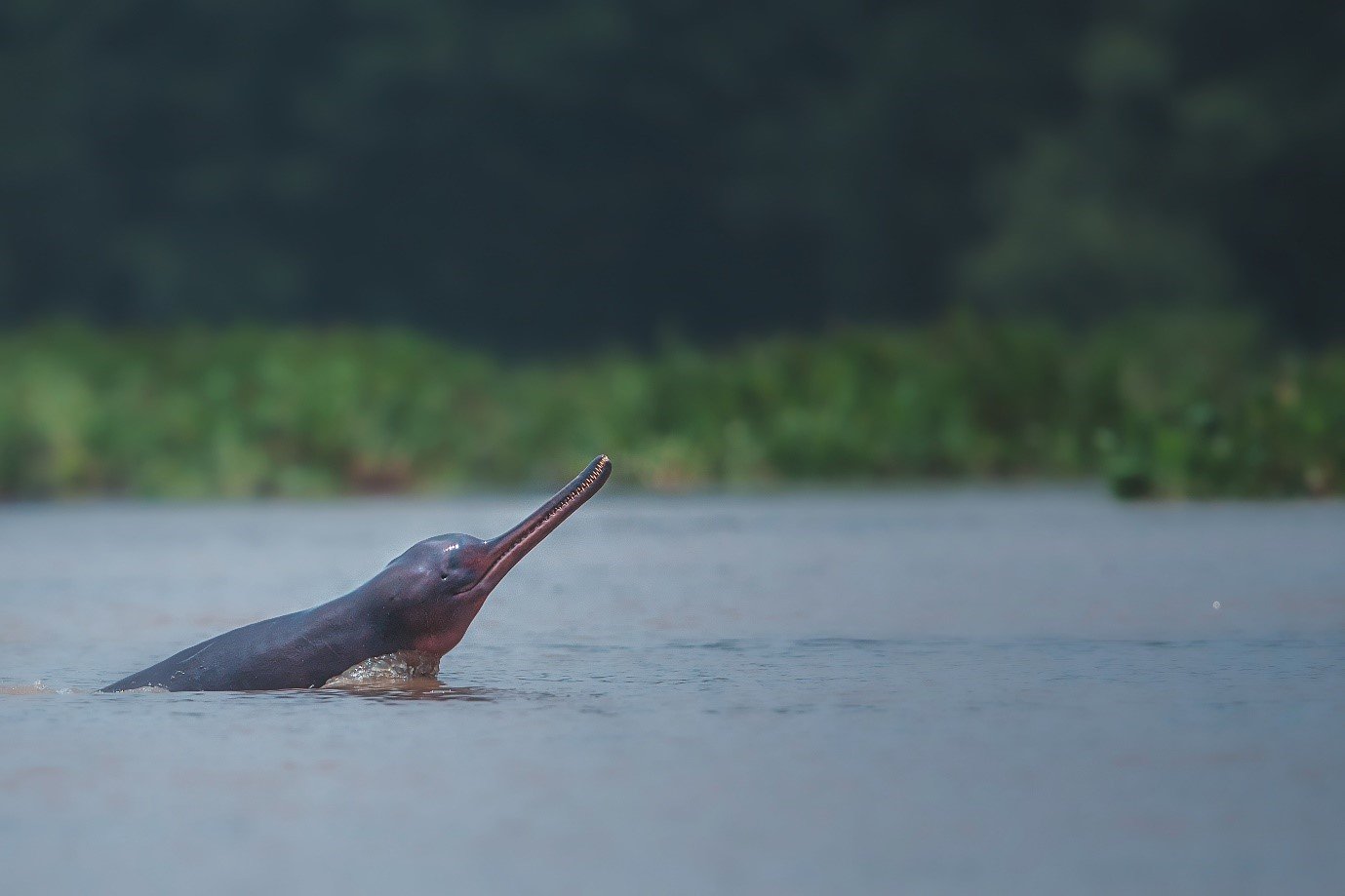Secretary for the Ministry of Environment, Forest and Climate Change, Government of India, Leela Nandan today called for coordinated efforts in conserving Dolphins in the country.
In press release issued by the Press Information Bureau (PIB), Nandan stated that the Conservation of dolphins in India is a multifaceted endeavour that requires coordinated efforts across government bodies, NGOs, local communities, and the public. “By addressing habitat degradation, pollution, fisheries bycatch, noise pollution, and climate change, India can ensure the long-term survival of its charismatic marine dolphins and protect the health of its marine ecosystems,” noted Nandan.
In India, Dolphins hold both cultural significance and ecological importance where they are most sought after by wildlife watchers for their agility and playful behaviour. India possess a rich diversity of dolphin species inhabiting its coastal and freshwater regions with the most prominent species being the Indo-Pacific Humpback Dolphin and the Gangetic River Dolphin. “These dolphins play a pivotal role in maintaining the ecological balance of their respective habitats. The Gangetic River Dolphin, with its pinkish hue and unique adaptations to freshwater environments, is an iconic species found in the Ganges, Brahmaputra, and their tributaries,” informed Nandan.

Image Credit: Marine Mammal Research and Conservation Network of India (www.marinemammals.in)
Dolphin conservation, however, faces several challenges such as habitat fragmentation, water pollution, human involvement including fisheries bycatch, dams and barrages and climate change. The primary challenge to dolphin conservation in India is habitat degradation. “Rapid urbanisation, industrialisation, and unsustainable agricultural practices have led to water pollution, habitat destruction, and reduced water flow in rivers and estuaries. These changes harm the delicate ecosystems dolphins rely on for their survival.Pollution from agricultural runoff, industrial discharge, and domestic waste poses a severe threat to dolphins. Pollutants contaminate water sources, affect prey availability, and can directly harm dolphins through the ingestion of toxins or bioaccumulation in their prey,” stated the Secretary, Ministry of Environment, Forest and Climate Change
Further, Dolphins often become unintentional victims of fishing operations and industrialization of sea whereby the sea creatures get entangled in fishing nets, leading to injuries or fatalities. The construction of dams and barrages on rivers obstructs the natural flow of water and isolates dolphin populations. According to Nandan, this fragmentation reduces their genetic diversity and makes them vulnerable to inbreeding and local extinctions. Climate change impacts, such as rising sea temperatures and sea-level rise, have indirect consequences on dolphin populations. Altered fish distribution patterns and loss of critical habitats are potential outcomes.
Considering the significance, environmental benefit, and contribution to human well-being, India is leading the way in the conservation of both marine and riverine dolphins. The Project Dolphin, launched by the Government of India in 2020, will involve the conservation of both aquatic and marine dolphins and the aquatic habitat through the use of modern technology especially in enumeration and anti-poaching activities. The project will engage the fishermen and other river/ocean-dependent populations and will strive to improve the livelihood of the local communities. The conservation of dolphins will also envisage activities which will also help in the mitigation of pollution in rivers and in the oceans.
Additionally, the Gangetic River Dolphin has been designated as the national aquatic animal of India by the Ministry of Environment, Forest and Climate Change, said Nandan, and has been included as one of the 22 critically endangered species for providing financial assistance to States under the Centrally sponsored scheme ‘Development of Wildlife Habitats’. Important habitats of the dolphin along the Ganges Riverhave been notified as protected areas, such as Vikramshila Dolphin Sanctuary, Bihar. A comprehensive action plan (2022–2047) has been developed to ensure well well-being of the river dolphin and aquatic habitats, the role of various stakeholders and line Ministries have been identified.
“Continued dedication to conservation efforts is essential to secure the future of these remarkable creatures in Indian waters,” appealed the Secretary.


